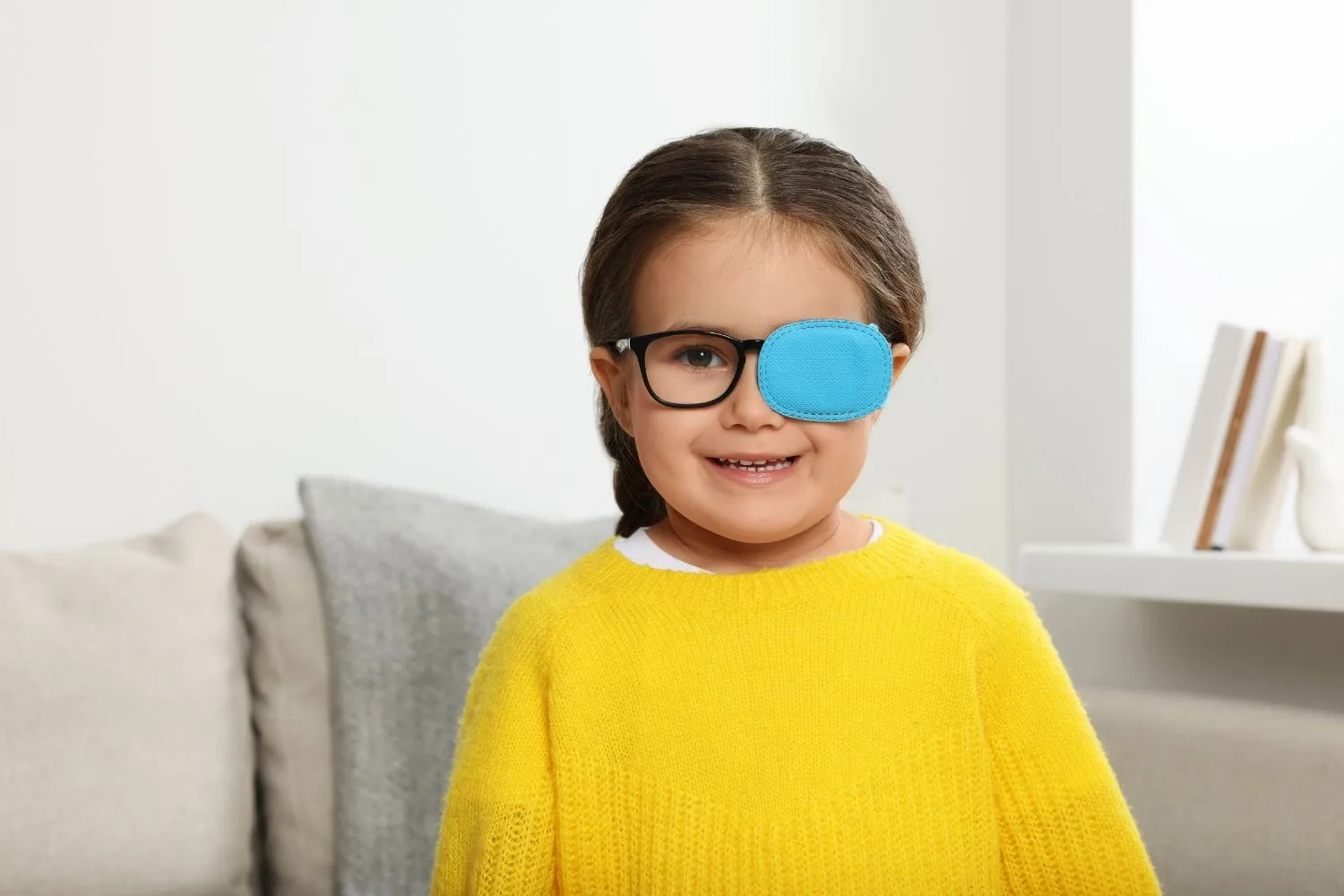The Impact of Strabismus on Learning and Academic Performance

As parents and educators, we are constantly looking for ways to help our children succeed in school. We focus on providing a supportive environment, encouraging healthy study habits, and addressing any learning challenges they may face. But one potential obstacle to academic success often goes unnoticed: strabismus.
Strabismus, also known as crossed eyes, is a condition where the eyes do not align properly. This misalignment can be constant or intermittent and affects one or both eyes. While strabismus is often considered a cosmetic issue, it can have a significant impact on a child’s learning and academic performance.
How does strabismus affect learning?

Strabismus can affect a child’s visual skills in several ways:
- Binocular vision is the ability to use both eyes together to create a single, three-dimensional image. Strabismus can disrupt binocular vision, leading to problems with depth perception and eye coordination.
- Eye tracking: This is the ability to smoothly follow a moving object with the eyes. Strabismus can make eye tracking difficult, making it harder for children to follow along when reading or copying from the board.
- Focus and attention: Strabismus can cause eye strain, headaches, and fatigue, making it difficult for children to concentrate in class.
These visual difficulties can lead to a range of learning challenges, including:
- Reading difficulties: Children with strabismus may have trouble tracking words on a page, skipping lines, or losing their place. This can make reading slow and frustrating, hindering comprehension and overall enjoyment.
- Writing challenges: Difficulties with hand-eye coordination and spatial awareness can make handwriting messy and laborious. Children with strabismus may also struggle to keep their writing on the lines.
- Academic performance: The combination of reading, writing, and attention difficulties can negatively impact a child’s overall academic performance. They may fall behind their peers, struggle to keep up with the workload and experience frustration and discouragement.
Early intervention is key
The good news is that strabismus can often be treated successfully with early intervention. Treatment options may include:

- Eyeglasses or prisms: These can help to correct the misalignment of the eyes.
- Vision therapy: This involves a series of exercises designed to improve eye coordination and visual skills.
- Surgery: In some cases, surgery may be necessary to realign the eyes.
Don’t overlook the signs
If you notice any of the following signs in your child, it is important to consult an eye doctor:
- Eyes that turn in or out
- Squinting or closing one eye
- Tilting the head to see
- Difficulty with reading or writing
- Complaints of headaches or eye strain
Early detection and treatment of strabismus can make a significant difference in a child’s learning and academic success. So, don’t overlook the signs.
In conclusion
Strabismus is more than just a cosmetic issue. It can have a profound impact on a child’s ability to learn and thrive in school. By recognizing the signs and seeking early intervention, we can help our children overcome this challenge and reach their full potential.
Book your appointment now for all eye-related services.
Your Vision Our Focus


